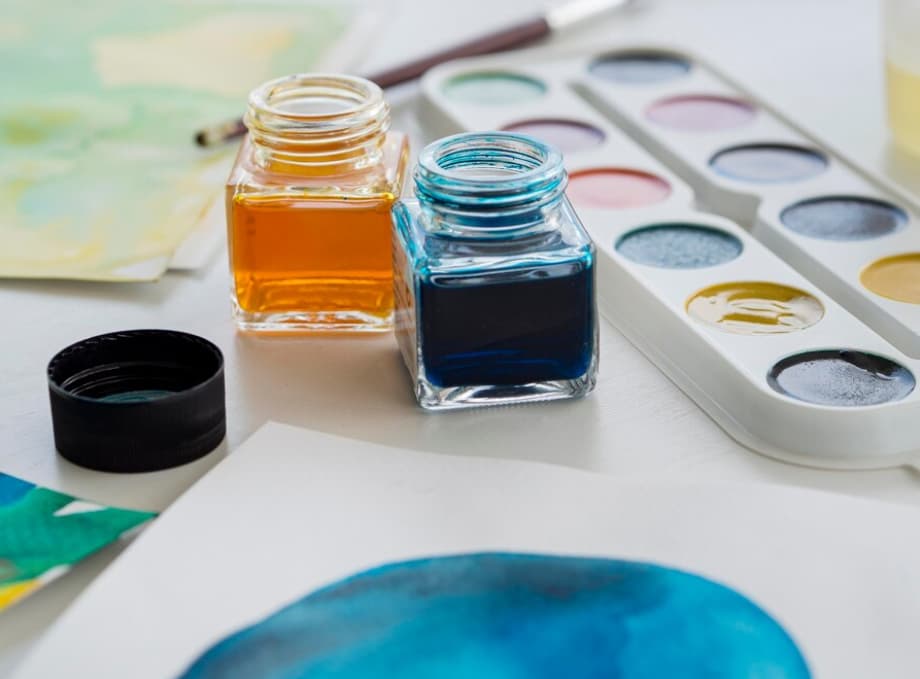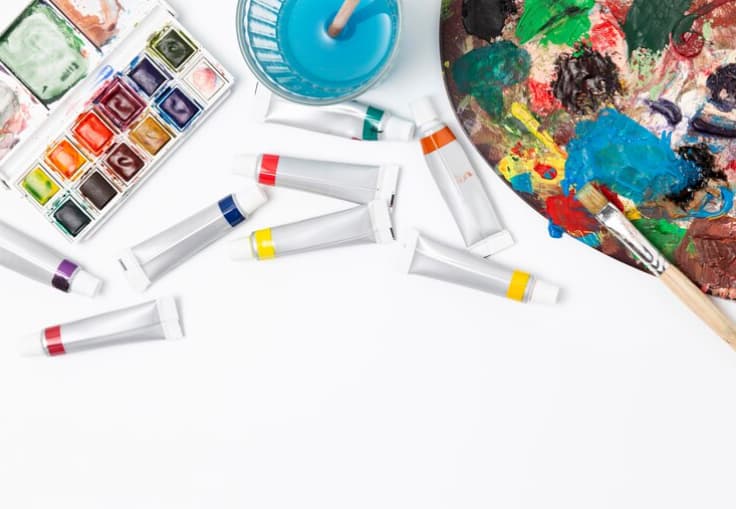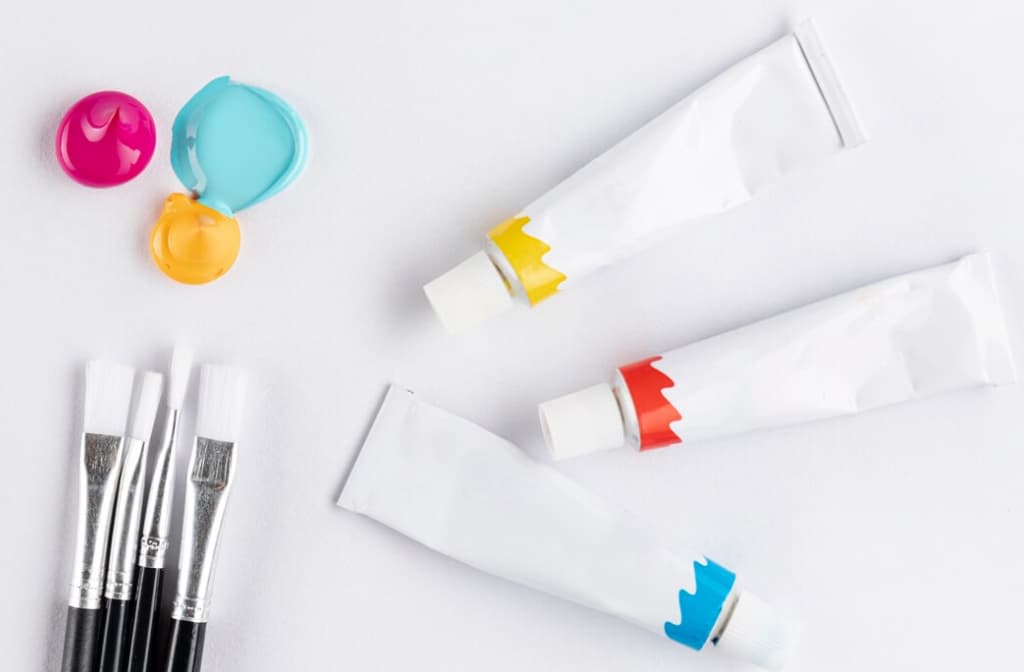Oil painting is a timeless and captivating art form that has captured the imagination of artists for centuries. Traditionally, oil painters have used solvents like turpentine or mineral spirits to thin their paints, clean brushes, and achieve various effects on the canvas. However, as environmental awareness grows and health concerns arise, many artists are exploring alternative methods to practice oil painting without the use of traditional solvents. In this comprehensive guide, we will delve into the techniques, materials, and tips for oil painting without solvents, allowing artists to create stunning works of art while minimizing their impact on the environment and personal health.
Solvent-Free Oil Painting
For artists drawn to the depth and richness that oil paints provide, the use of solvents tends to be a customary part of the process. But for those finding themselves increasingly sensitive to these chemical solvents, exploring solvent-free alternatives becomes essential. As it turns out, oil painting without solvents is not only possible but can also present exciting new opportunities for texture and technique. To complement this exploration of solvent-free oil painting, we also offer ‘A Guide to Realistic Portraits with Color Pencils,’ providing insights into another realm of artistic expression that beautifully merges traditional techniques with modern approaches.
Disclaimer: The contents of this article do not constitute medical advice. However, the potential health impacts related to continued exposure to solvents are worth mindful consideration.
Why Opt For Oil Painting Without Solvents?
Choosing to paint in oils without solvents has several advantages, including:
- Enhanced Health Safety: Regular exposure to the fumes from solvents can be detrimental to one’s health, potentially leading to long-term issues. By eliminating the use of solvents, artists significantly lower the risk of such health hazards, creating a safer workspace;
- Reduced Environmental Footprint: The absence of solvents in the painting process is not only beneficial for the artist but also for the environment. This approach minimizes the release of harmful chemicals into the atmosphere, thereby playing a part in preserving the environment;
- Unique Textural Quality: Solvent-free oil paintings stand out due to their distinct textures. Without solvents, the paint retains a richness and depth that can add a unique dimension to artwork. This texture variability can be particularly appealing to artists seeking to explore new aesthetic possibilities;
- Greater Flexibility in Drying Times: Unlike traditional oil paintings that dry faster due to solvent evaporation, solvent-free paintings dry more slowly. This extended drying period offers artists more time to work on their pieces, making adjustments and refinements as needed, which can be crucial for achieving the desired final result;
- Economic Advantage: The decision to avoid solvents can also be financially beneficial. Since solvents represent an additional expense, their exclusion from the painting process can reduce overall material costs. This cost-effectiveness makes solvent-free oil painting an attractive option, especially for artists working on a budget.
Solvent-Free Alternatives for Oil Painting

Traditionally, solvents are used to thin paint and cleanse brushes. Not only is it possible but also fairly straightforward to find alternatives for these purposes.
Painting mediums, which are mixtures of oils and resins, can replace solvents to add flow to your paint. Examples include linseed oil, walnut oil, and poppyseed oil.
Water-mixable oils, which can be diluted and cleaned up with water, offer another excellent alternative to traditional oils. They are eco-friendly and easier to manage, while still offering the vibrant color palette of regular oils.
For those wanting to shun solvents completely, consider using natural pigments that can be combined with oils to create paint. Such pigments can be derived from minerals, plants, and other natural substances.
Solvent-Free Oil Painting Techniques
Yes, painting with oils without the use of chemical solvents is entirely feasible.
Solvents are traditionally used for thinning oil paints and cleaning brushes. However, there are several alternatives available that serve similar purposes.
One such alternative involves the use of specific painting mediums designed to dilute the paint and enhance its fluidity. These mediums, generally a blend of oils and resins, can be mixed into the paint to improve its workability. Common types of painting mediums include linseed oil, walnut oil, and poppyseed oil. Among these, Sun-Thickened Linseed Oil comes highly recommended for its effectiveness.
Another innovative option is the use of water-mixable oils. These unique oil paints can be thinned and cleaned using water instead of traditional solvents. They offer the same quality and color range as standard oil paints but are more eco-friendly and user-friendly. This makes them an excellent choice for those seeking a more sustainable and convenient approach to oil painting.
Alternatives to Solvents in Oil Painting
It’s entirely possible to bypass the use of solvents in oil painting by leveraging natural pigments. These pigments, derived from various natural sources such as minerals, plants, and other organic materials, can be finely ground into a powder. This powder is then mixed with oil to create a rich, vibrant paint. This method not only avoids the use of traditional solvents but also taps into the diverse palette of colors offered by the natural world, providing a unique and eco-friendly approach to oil painting.
Alla Prima Technique
- The Alla Prima, or Direct Painting technique, allows an artist to complete a painting in a single session, entirely sans solvents;
- The method involves starting with thin paint washes for basic color coverage, followed by undiluted paint straight from the tube;
- This technique requires a solid understanding of materials, efficient working, and quick decision-making related to color blending and application.
Palette Knife Painting: A Solvent-Free Approach

Embracing the palette knife technique in oil painting is a unique way to create artwork without the need for solvents. This method involves the artist applying thick, generous layers of oil paint directly onto the canvas using a palette knife, rather than a traditional brush. The result is a distinctively textured, three-dimensional effect that brings a dynamic visual interest to the painting.
The use of a palette knife is particularly advantageous for achieving impasto effects – thick, textured applications of paint. This allows for a spectrum of artistic expressions, ranging from smooth, blended sections to rough, tactile surfaces.
The process of palette knife painting usually begins with laying down a base layer of paint using a brush or roller. Once this layer dries, the artist then employs the palette knife to add richer, more substantial layers of paint. This builds up the painting’s texture and depth.
While palette knife painting might present challenges in rendering fine details and precise lines, many artists find this limitation liberating. The palette knife encourages a more spontaneous, expressive approach to art, enabling artists to create works that are vibrant, dynamic, and full of character.
Conclusion
In essence, venturing into the realm of oil painting without solvents opens new doors for artistic exploration and creativity. It presents an opportunity to not only safeguard your health and contribute to environmental conservation, but also to discover unique textures and techniques that could refine your artistry. From embracing mediums like linseed oil or water-mixable oils to mastering the Alla Prima method or palette knife technique, the journey to solvent-free oil painting is filled with exciting potential. As with any art, finding what works best for you will require experimentation and patience, but the resulting vibrant, health-conscious artwork will make the journey well worth it.
